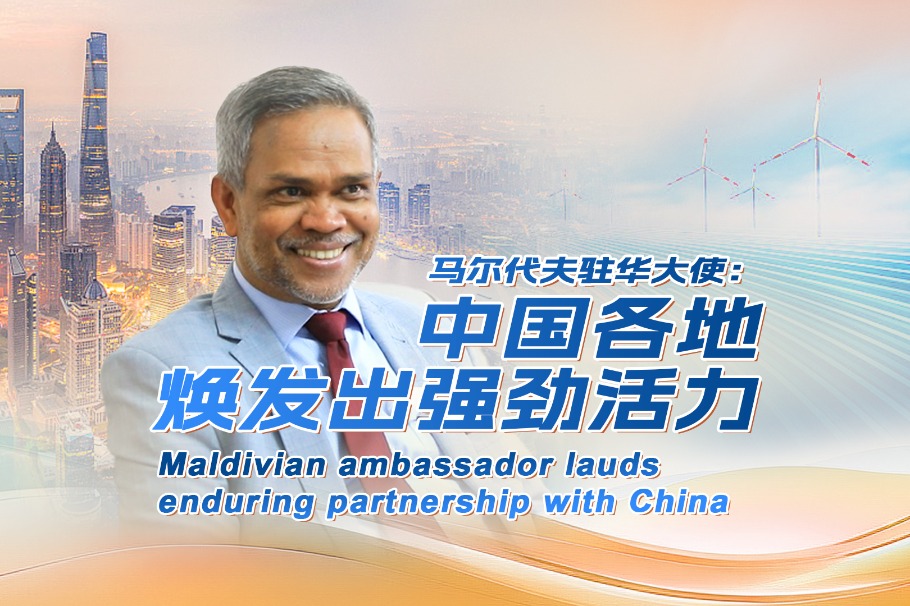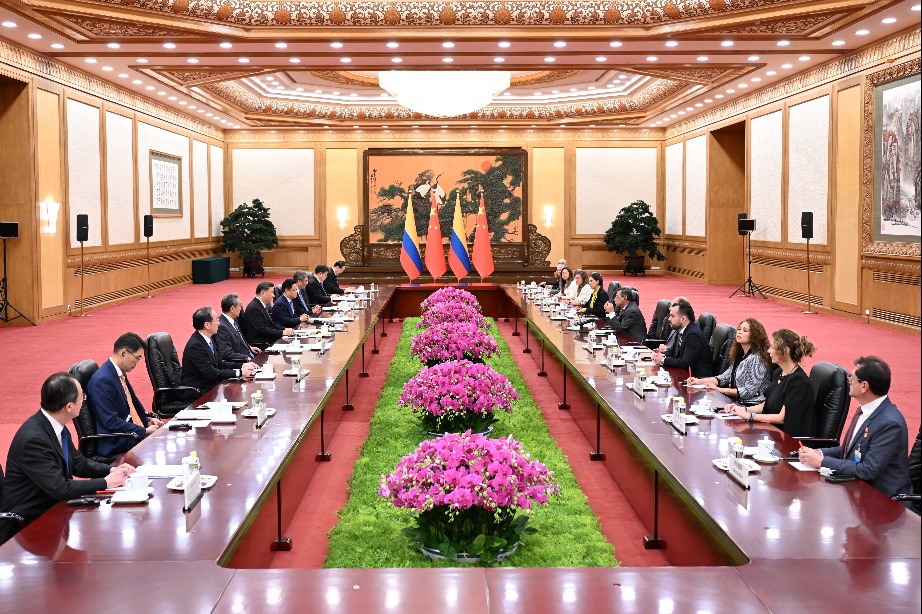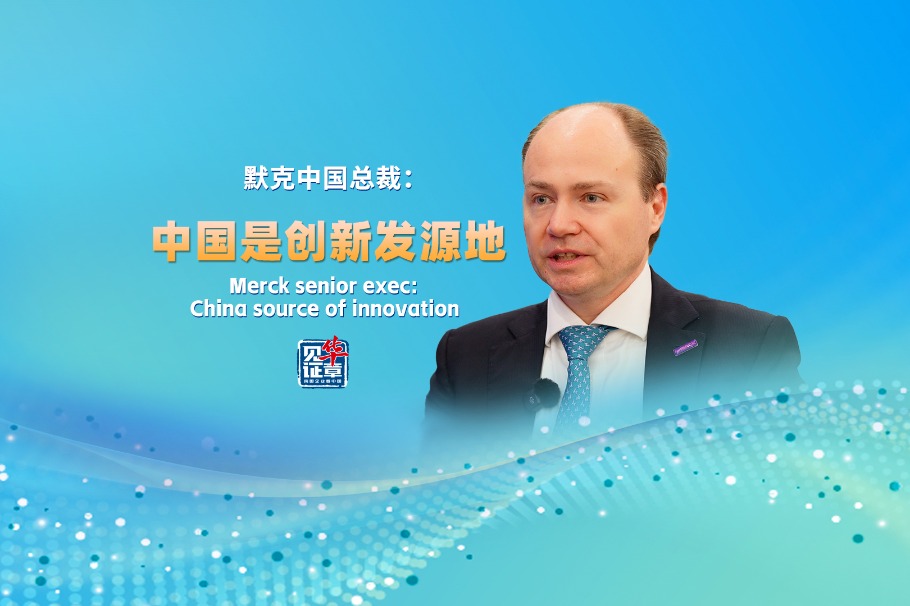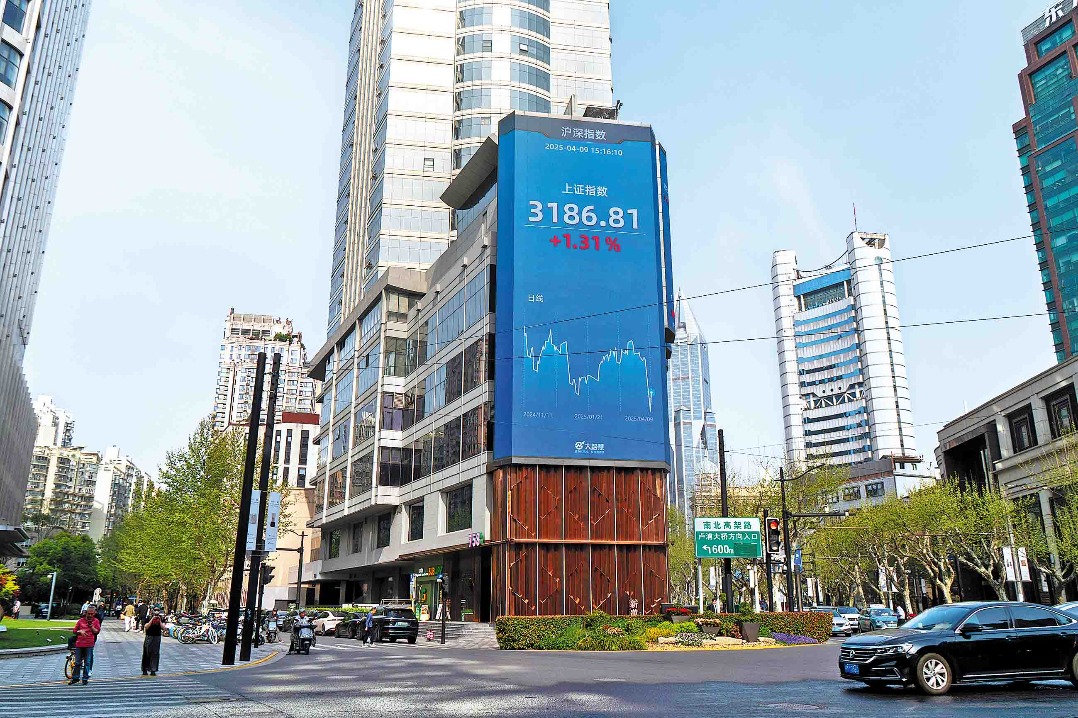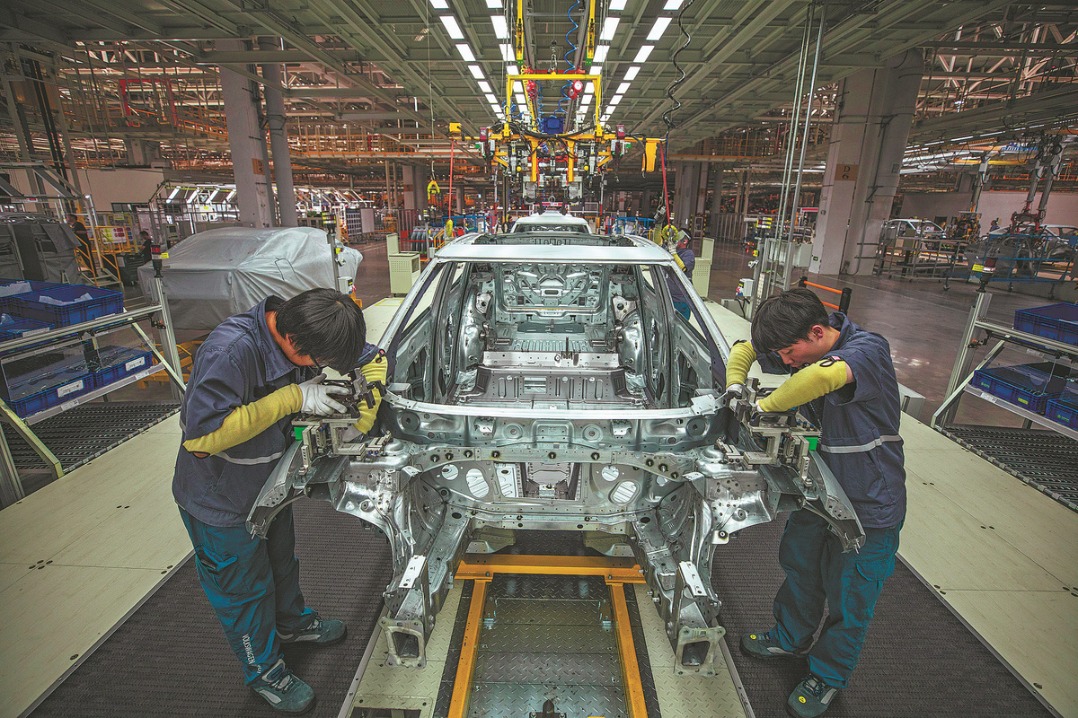Catalyst for change
A coming challenge for China is how to better coordinate with the existing global public goods system in specific fields, procedures and rules

A coming challenge for China is how to better coordinate with the existing global public goods system in specific fields, procedures and rules

Over the past decade, China has emerged as a new contributor and innovator in the provision of global public goods, although it also faces unprecedented challenges. Although China has not used the term "global public goods" in official expressions for a long time, its foreign aid practices, as an important channel for providing global public goods, dates back over 70 years. In the early 1960s, China put forward the Eight Principles for Economic Aid and Technical Assistance to Other Countries, featuring equality, mutual benefit, respect for sovereignty and not attaching any strings or pursuing any privileges. Such principles provided new ideas and momentum for South-South cooperation at that time. The Tanzania-Zambia Railway was an important public good serving the national independence and development of African countries, promoting solidarity among countries in the Global South and pursuing an equitable international system during that historical context.
China has actively engaged in the supply and governance of global public goods with a more proactive stance since 2000, especially over the past decade.
Based on official data, China's annual foreign aid contribution over the past decade has reached $7 billion — about 10 times the average annual level over the past 60 years. It is now among the top 10 foreign aid providers. The international development cooperation being emphasized by China is not just foreign aid in a traditional sense. Moreover, it serves as a catalyst to promote global trade, investment, and other international economic cooperation, thus enhancing the multiplier effect of aid in promoting sustainable development. Additionally, Beijing has launched several international development cooperation financing mechanisms and platforms, including the Belt and Road Initiative, the Global Development Initiative, the Silk Road Fund, the Global Development and South-South Cooperation Fund, and the Peace and Development Trust Fund, which provide significant solutions to reduce the global development deficit.
China has played an increasingly active role in the construction of multilateral international organizations. Beijing has underlined the transformation of foreign aid into international development cooperation since 2000, especially after the establishment of the China International Development Cooperation Agency in 2018. Beijing has kept expanding mechanisms and channels for multilateral and trilateral cooperation, thus further deepening its involvement in the construction of the global public goods system. In traditional multilateral international organizations, China mainly contributes through two channels: First, in keeping with the payment standards of various United Nations organizations and Bretton Woods system organizations, China has become one of the major donors to international organizations. It has made voluntary donations to these organizations through trust funds and other means, making contributions and offering innovative ideas to the international multilateral architecture established after World War II. For example, by the end of 2019, through the South-South Cooperation Assistance Fund, China had implemented 82 projects with 14 international organizations and agencies, including the UN Development Programme, the World Food Programme, and the World Health Organization, covering fields such as agricultural development and food security, poverty reduction, and health for women and children. Second, China has taken the lead in establishing new types of international multilateral organizations such as the Asian Infrastructure Investment Bank and the New Development Bank, exploring more streamlined, green and locally adaptable operating paths, thus enhancing sustainable the development capabilities of different regions.
As China commits itself to the innovation of the global public goods system, it also faces unprecedented challenges. Apart from increasing vulnerabilities at the global level and deficits in governance, trust, peace and development, there are lingering tensions between China's innovative models and mechanisms of global public goods and the existing post-World War II governance framework.
First, China has been a pragmatic innovator. In innovating the global public goods system, instead of rigidly adhering to any particular value or ideological framework, China has made adaptive adjustments based on local realities, leading to the integration of various elements. This approach aligns with China's consistent emphasis on common development, non-interference in other countries' internal affairs, and encouraging countries to explore the development paths that suit their own national conditions. However, this pluralistic concept is now facing growing tensions with the Western concept of modernization, which is based on monism.
Second, through regional cooperation platforms with Africa, the Association of Southeast Asian Nations and the Central and Eastern Europe, China has greatly strengthened the paradigm for horizontal partnerships among developing countries. The difference between this cooperation paradigm and the one advocated by the US and Europe since World War II, which emphasizes cooperation between the Global North and the Global South, may lead to conflicts due to differences in rules and interests. For instance, conflicts may arise concerning the rules of development cooperation, whether they are based on consultation and collaboration among relevant parties or designed on the basis of liberal and preconceived rationality, especially regarding the design of democratic political systems. China is currently the world's largest trading nation and a major trading partner and important exporter to more than 130 countries and regions. This has had a significant impact on global value chains, which were previously based in North America and Europe. In recent years, China has contributed up to about 30 percent of global economic growth, which has had an impact on the willingness and capacity of the original global public goods suppliers.
Third, the existing system for global public goods has become increasingly diversified with increasing participation from developed countries, developing countries, multinational corporations and social organizations. The establishment of multilateral organizations at the global and regional levels, as well as the development of specific rules and norms, has made the global public goods system more institutionalized at different levels. However, the increasing diversification of participants and a higher level of institutionalization has led to flaws such as the fragmentation of governance bodies, making multiple parties much less likely to arrive at consensus. This is evident in the current dispute settlement and negotiation mechanism of the World Trade Organization.
China's participation in the existing global public goods system through development cooperation mechanisms, including the forms of trade and investment, often prioritizes the actual results in the execution process, i.e., whether it can solve problems in an efficient manner. However, in the future, the challenge before China will be how to better coordinate with the existing global public goods system in specific fields, procedures and rules.
Xu Xiuli is the dean of the College of International Development and Global Agriculture and professor of Humanities and Development Studies at China Agricultural University. Li Xiaoyun is the honorary dean of the CIDGA and chair professor of China Agricultural University. The authors contributed this article to China Watch, a think tank powered by China Daily.
Contact the editor at editor@chinawatch.cn.
















